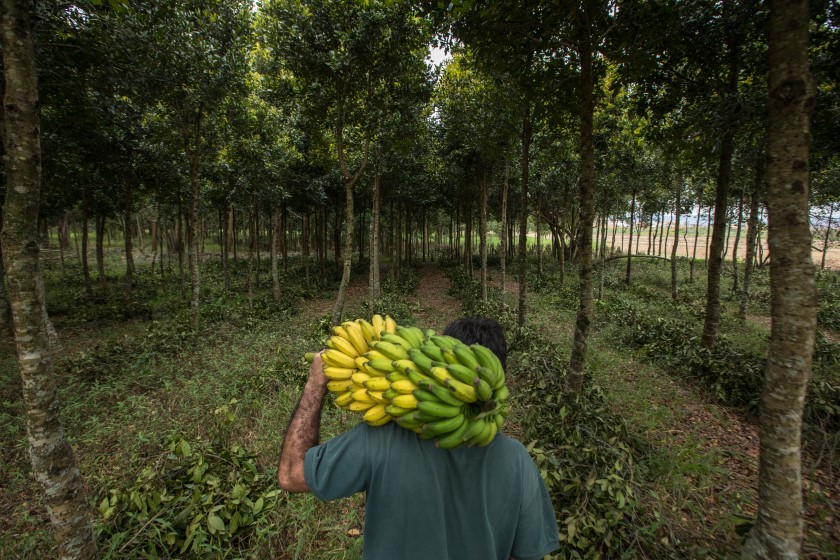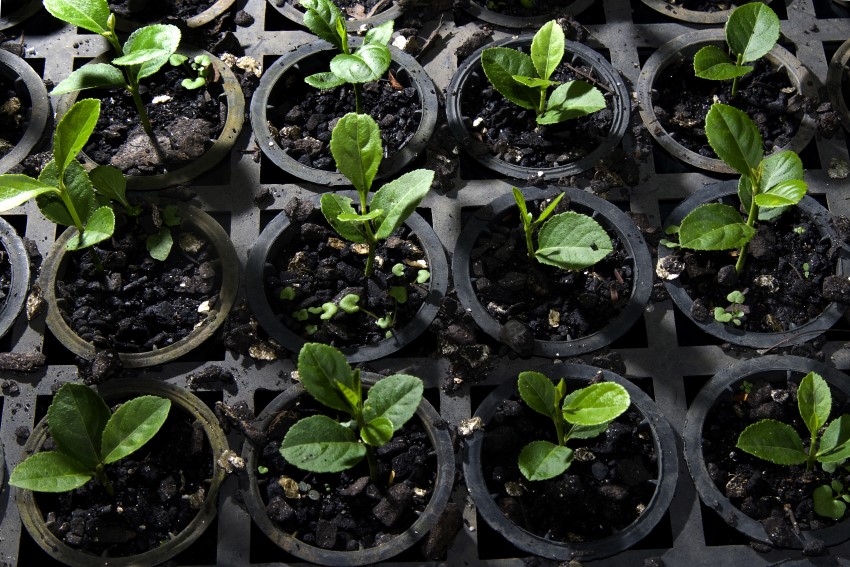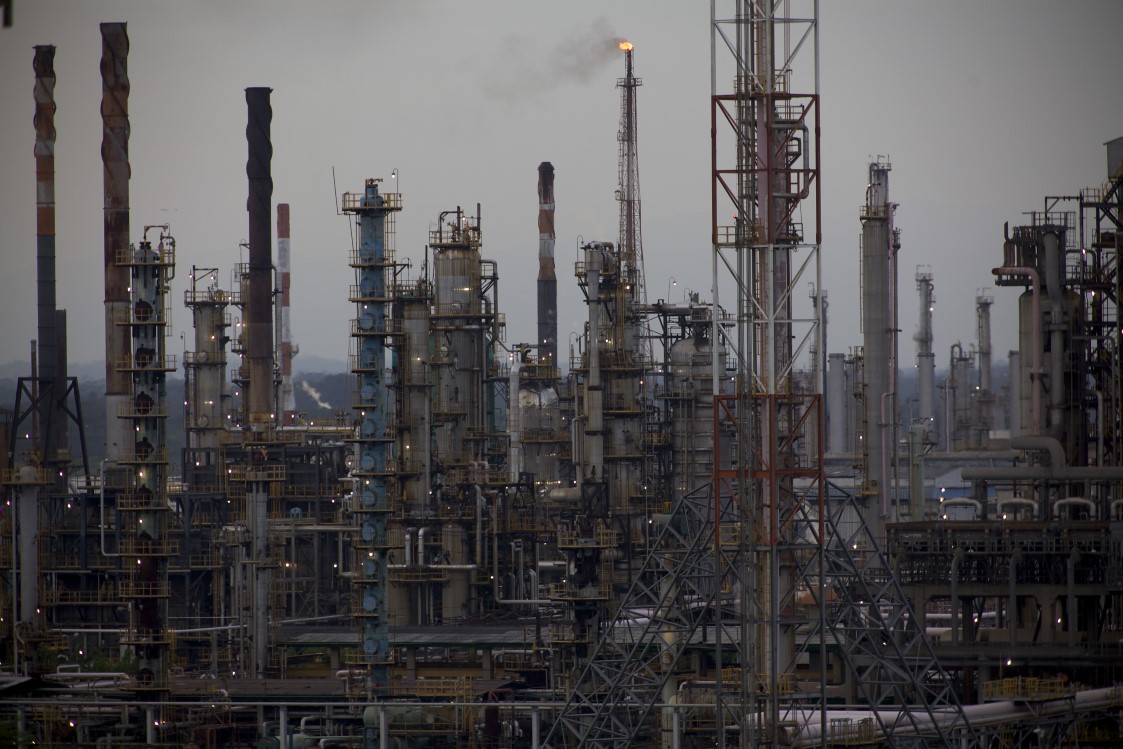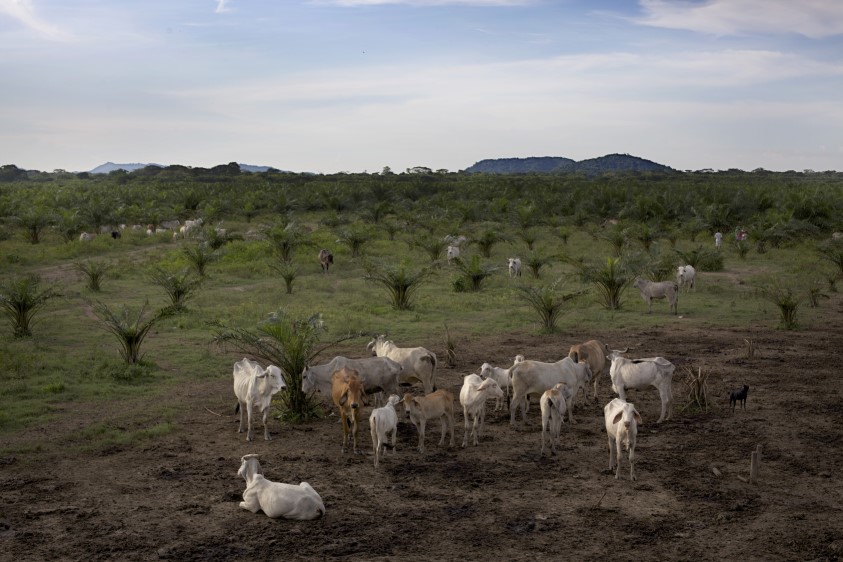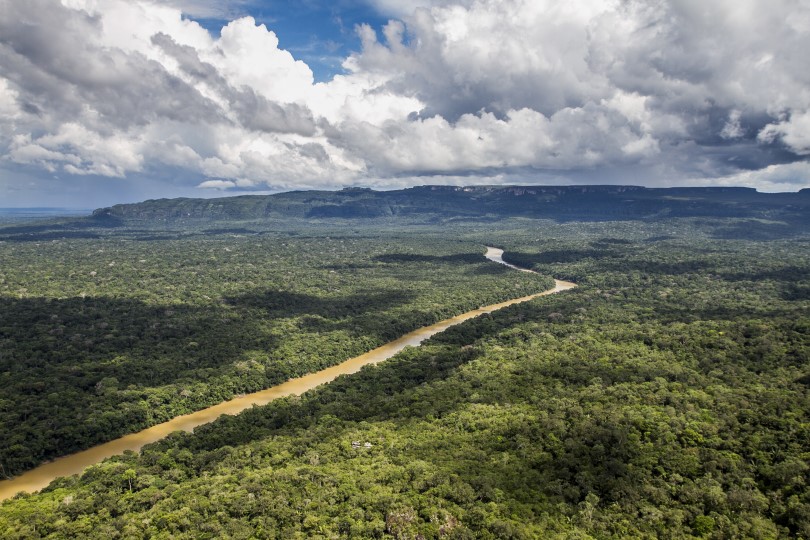Sludge Treatment:
Sludge is the liquid waste containing the solids removed from water purification treatment and comes from two processes, sedimentation (after coagulation-flocculation) and filtration, as a result of backwashing the filters.
Show moreRemoval efficiency:
Treatment processes aim to remove undesirable substances from the water. Each process has an efficiency in the removal of one or more pollutants of interest. In certain processes, such as decantation, filtration, pondages or reservoirs, the number of pollutants removed will have a direct relationship with the operation and maintenance costs.
Show moreRaw Water and Treated Water:
The water that is extracted from the source (river or stream), before being treated, is called raw water. Ideally, the raw water should be as clean as possible, so that treatment is simple and economical. However, it is becoming increasingly difficult to find "potable" raw water of good quality.. On the other hand, treated water will be the result of the action of physical and chemical processes on raw water to obtain water that meets the drinking water quality established in the corresponding standards in each country.
Show moreTreatment Trains:
Treatment trains vary in complexity depending on the quality of the water at the source and the regulatory requirements of the country in which it is located. In this sense, the better the water quality, the fewer the number of processes that must be carried out to make the water drinkable, while the lower the water quality and the more demanding regulations, the greater the number of the processes that they should be integrated.
Show moreCategorization According to Drinking Water Requirements:
A database is created in which the type of treatment to be carried out in the water is defined, considering the strict review of different regulations. A categorization system was proposed in which different trains can be defined according to the needs of each country.
Show more